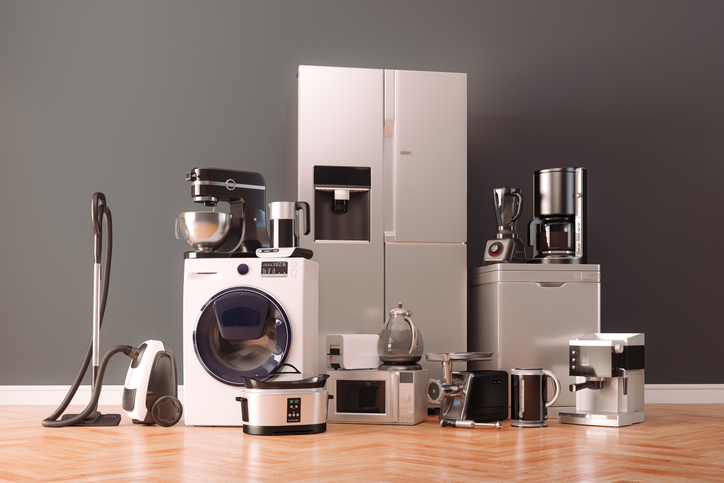

We may earn revenue from the products available on this page and participate in affiliate programs. Learn More ›
We use our kitchen appliances on a daily basis, but are we actually using them to their full potential? Whether you’re a seasoned home cook or a kitchen newbie, you may not be getting the most out of your appliances.
In this article, you’ll learn about 10 common kitchen appliance mistakes that everyone makes and find out how to avoid them. By recognizing these mistakes and taking steps to correct them, you’ll get the greatest value out of your often pricey appliances and ensure that they will continue to work effectively for years to come. Read on for helpful tips about appliances big and small, from the fridge to the blender.
1. Underutilizing the Microwave
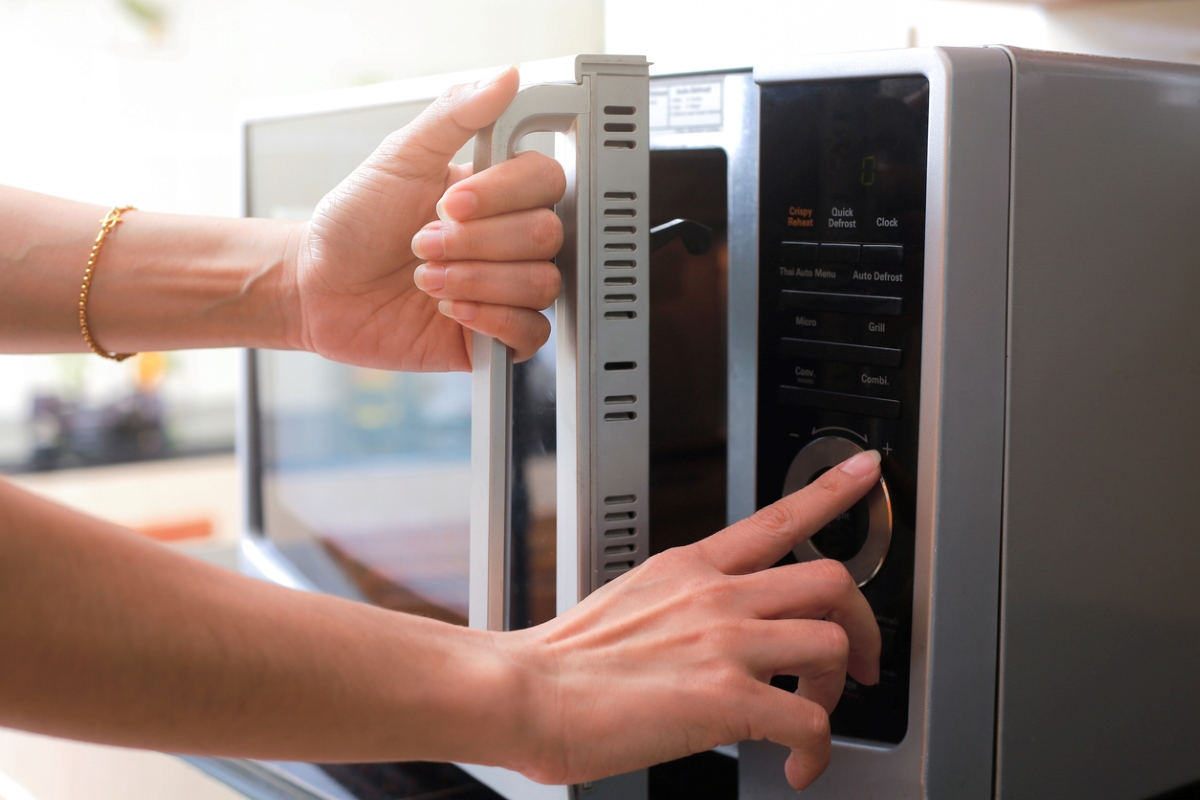
While most people use their microwaves for reheating food, many don’t take advantage of the advanced features modern microwaves offer. Microwave cooking has been transformed by features like convection cooking, which uses a fan to circulate hot air for more even cooking, and inverter technology, which allows for more precise temperature control. Many microwaves, including the feature-packed Panasonic 2.2 cu. ft. NN-SN966S—a top pick in our researched guide to the best microwave ovens for kitchen convenience—have sensors that can detect the moisture and temperature of your food, adjusting the cooking time and power level accordingly. By using these advanced features, you can cook a variety of dishes quickly and easily in your microwave, transforming it into an even more versatile and indispensable kitchen appliance.
RELATED: Best Built-In Microwaves: 8 Space-Saving, High-Performance Favorites
2. Using the Oven’s Warming Drawer Only for Storage
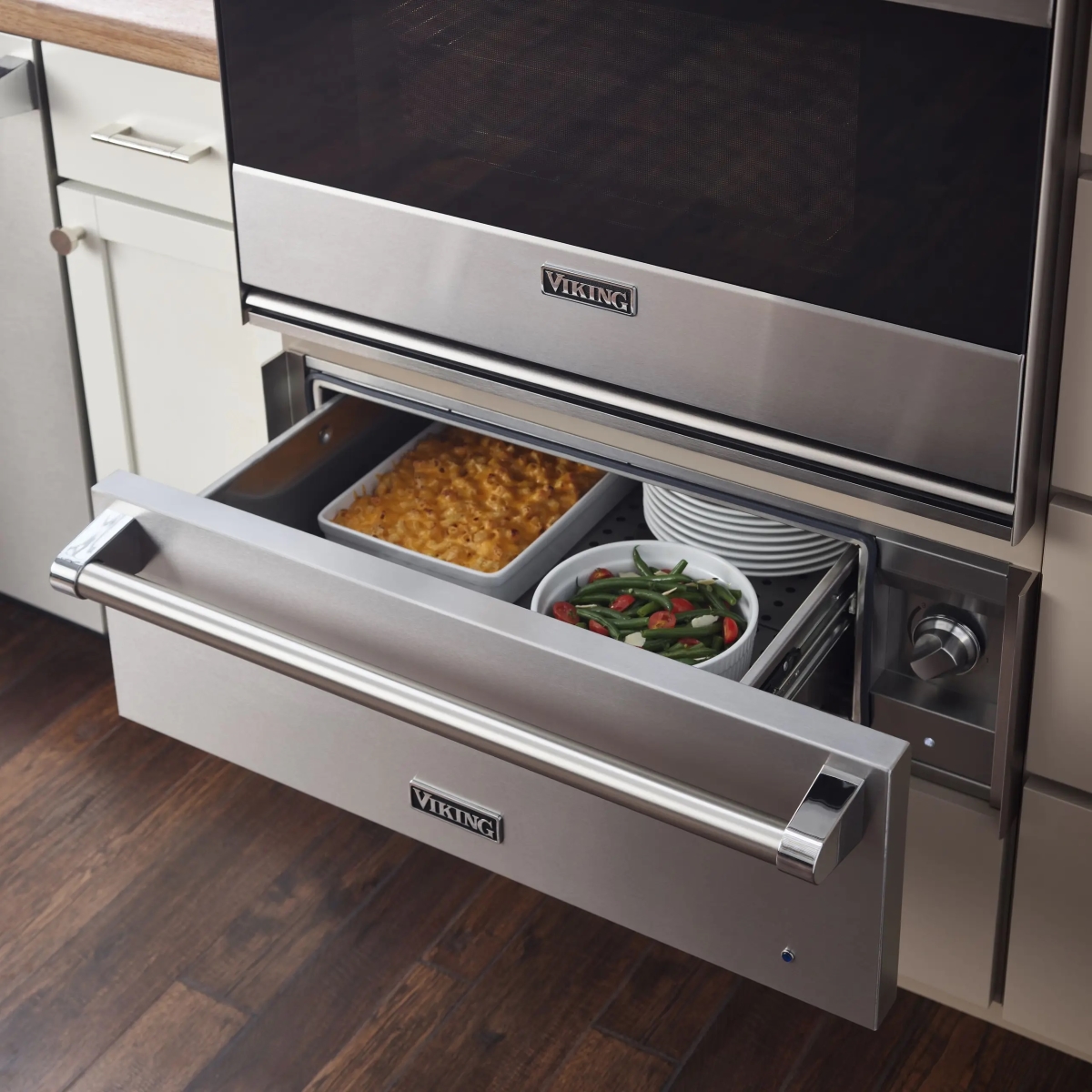
Many people use their oven‘s warming drawer as a convenient place to stash pots, pans, and baking sheets, but this isn’t actually what it’s designed for. The warming drawer is intended to keep cooked food warm until it’s ready to be served, making it especially useful when preparing large meals or hosting dinner parties. Warming drawers provide low-temperature settings, usually between 80 degrees and 240 degrees Fahrenheit, to keep food warm without drying it out or overcooking it.
RELATED: Why Your Oven Isn’t Heating Properly—and How to Fix It
3. Overloading the Dishwasher
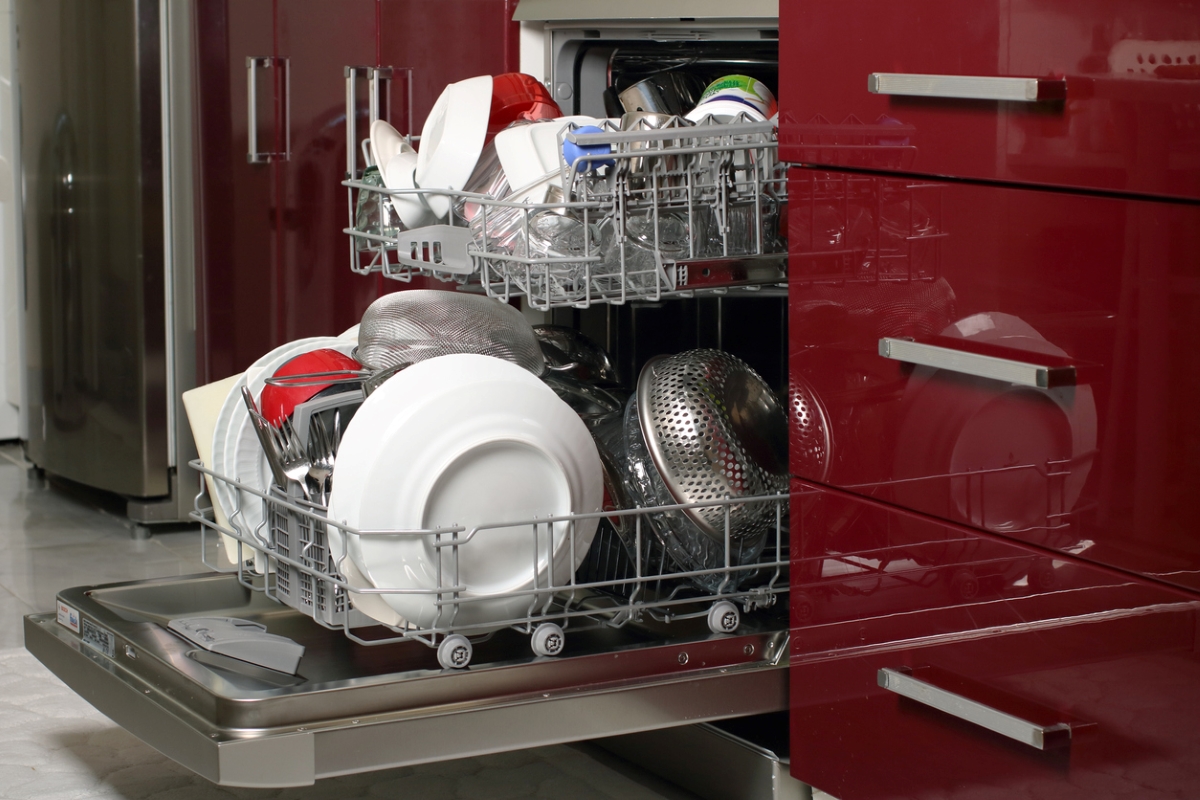
Overloading the dishwasher, a common mistake many people make, can lead to inefficient cleaning and even damage to the machine. When the appliance is overloaded, dishes may not get properly cleaned or rinsed, resulting in leftover food particles, grease, and detergent buildup. Overfilling the dishwasher can also cause dishes to rub against each other, leading to scratches, chips, and breakage. When loading the dishwasher, always leave enough space between dishes for proper water and detergent circulation.
RELATED: Your Dishwasher Can Do Better: 9 Tips to Boost Performance
4. Using Hot Water in the Garbage Disposal
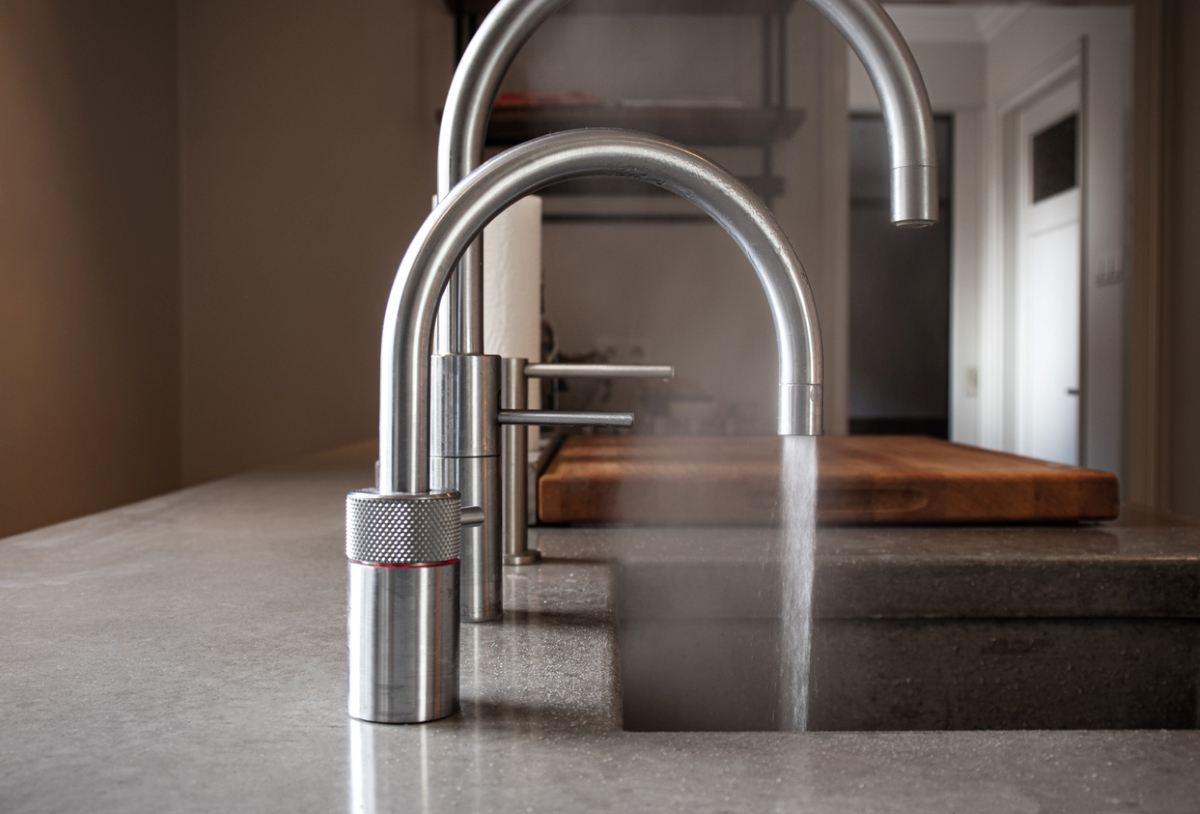
While many people assume that running hot water through the garbage disposal will help break down grease and other food particles, it actually causes these substances to liquefy and then congeal further along in the pipes, which can lead to clogs. Additionally, hot water can make the fat and oil stick to the sides of the pipes, eventually forming blockages. Cold water is more effective in breaking down and washing away food particles, as it causes the fat and oil to solidify, making them easier to grind up and flush out of the pipes. To ensure that your disposal continues to run smoothly and effectively, it’s best to use only cold water.
RELATED: 15 Things You Should Never Put Down a Garbage Disposal
5. Using Unfiltered Tap Water in the Coffee Maker
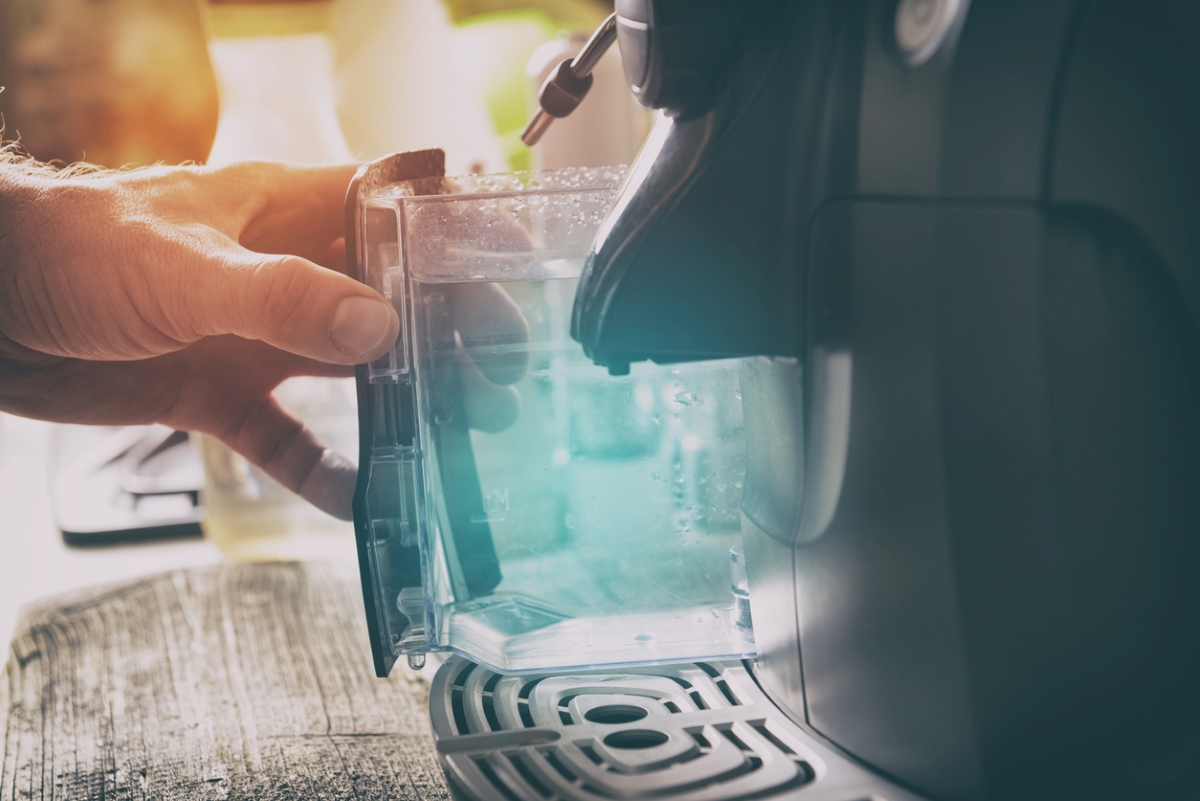
Using unfiltered tap water in your coffee maker can negatively affect the taste of your coffee and cause mineral buildup in the machine. Tap water often contains minerals like calcium and magnesium that can leave a residue on the coffee maker’s heating element and reduce its lifespan. As the residue builds up, it can also lead to clogs in the machine, which can affect the flow of water and result in uneven brewing. To avoid these issues, use filtered water or a coffee maker with a built-in charcoal water filter, like the Cuisinart DCC-3200P1 Perfefctemp 14-Cup Coffee Maker, which ranked top overall in our guide to the best coffee makers.
6. Keeping the Oven Closed When Broiling
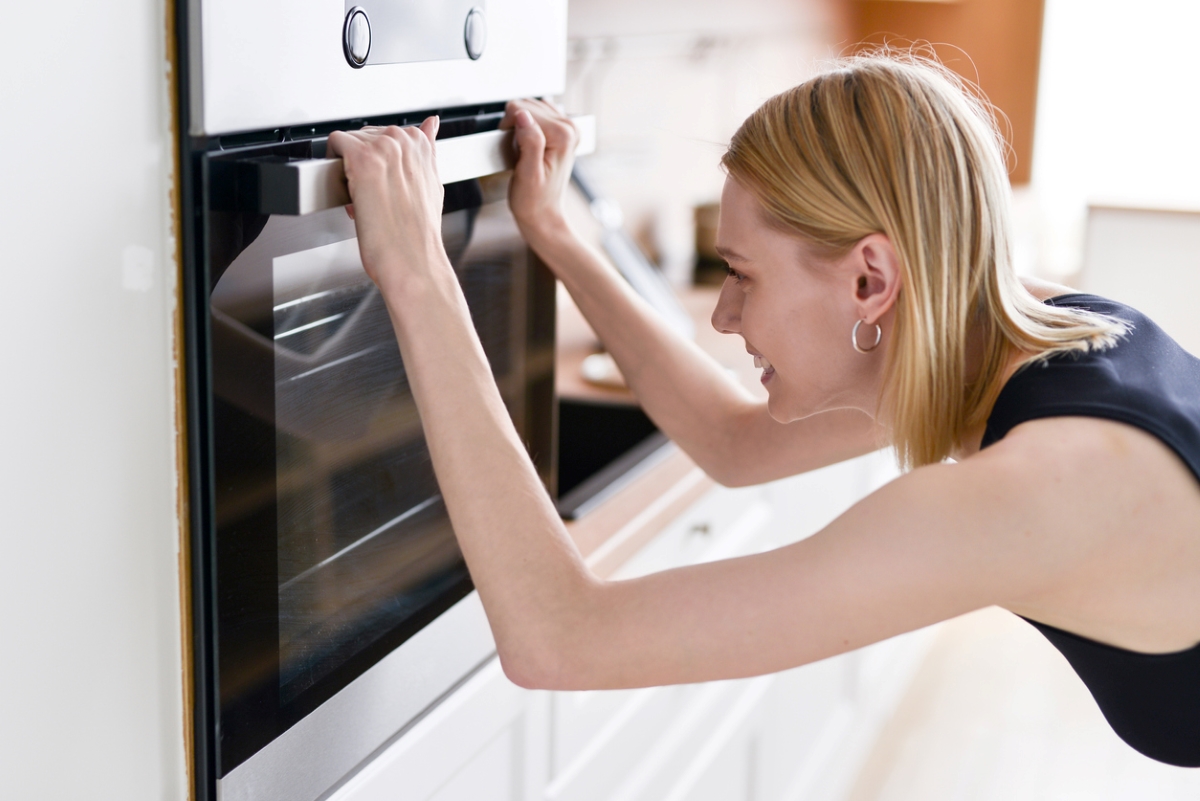
Did you know that you’re supposed to keep the oven door ajar when using the broiler on an electric oven? Leaving the oven door closed can cause heat and steam to build up inside, preventing the food from developing the desired crust. Venting the steam tames the heat so the broiler can work its magic on the top of the dish without baking the entire thing. On gas ranges, however—we like the GE JGB735SPSS 30 in. 5.0 cu. ft. Gas Range—the door should be kept closed during broiling for safety reasons.
RELATED: Why Your Oven Isn’t Heating Properly—and How to Fix It
7. Not Filling the Blender Strategically
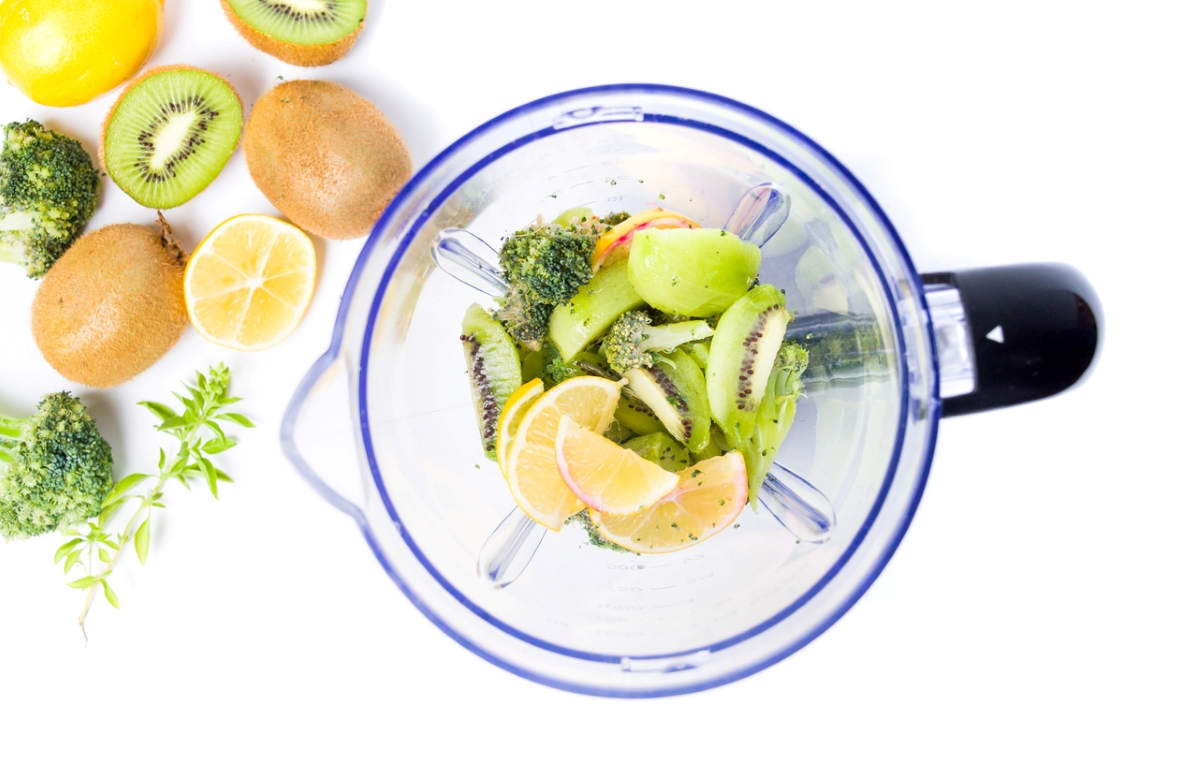
Many people don’t realize that there’s a right—and wrong—way to fill a blender. The order in which you add your ingredients can make a big difference in the blender’s performance. To ensure smooth blending, start with the liquid or yogurt base, then add ingredients in order of size, from smallest to largest, with tougher items like ice on top. This ensures that the blender’s blades can move more easily and won’t get stuck on harder pieces, resulting in a perfectly blended smoothie, sauce, or soup. If you’re using a blender that has the blades in the lid, you’ll reverse the process so the ice is closest to the lid.
8. Ignoring the Range Hood

Using a range hood while cooking is crucial for maintaining a clean and safe kitchen. Range hoods help to eliminate smoke, steam, and cooking odors while also reducing the risk of fire and preventing moisture buildup. Over time, the range hood filters can become clogged with grease and other debris, which can reduce their effectiveness. Cleaning the filters is a straightforward process that typically involves removing them from the hood and washing them with warm, soapy water. Some filters are even dishwasher-safe for added convenience.
RELATED: The Best Ductless Range Hoods, Reviewed
9. Not Cleaning the Refrigerator Coils
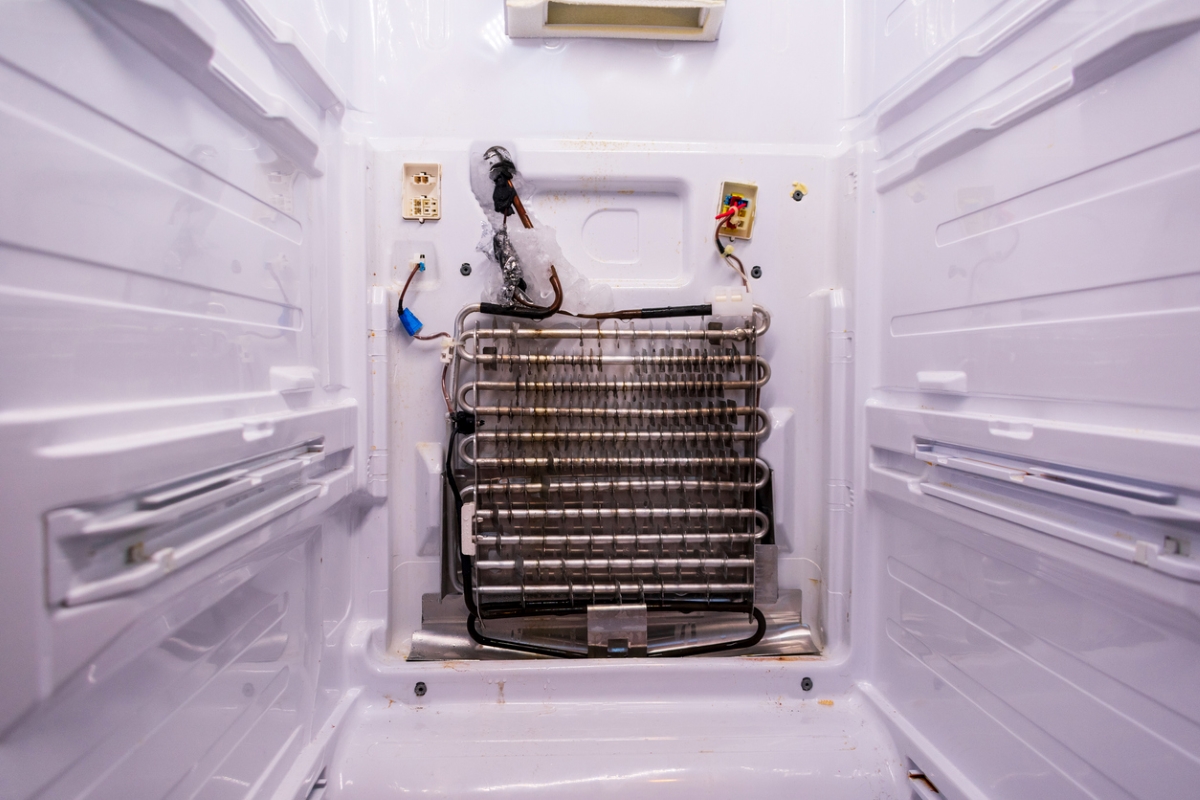
The coils at the back or bottom of your fridge are responsible for removing heat from the appliance’s interior. Over time, the coils can become clogged with dust, pet hair, and other debris, which can cause them to work less efficiently. When the coils are clogged, the refrigerator has to work harder to remove heat, leading to increased energy consumption and higher energy bills. It’s best to clean the coils every 6 to 12 months to keep your fridge running efficiently and extend its lifespan.
RELATED: 7 Ways to Clean Behind and Under Every Appliance
10. Opening the Slow Cooker
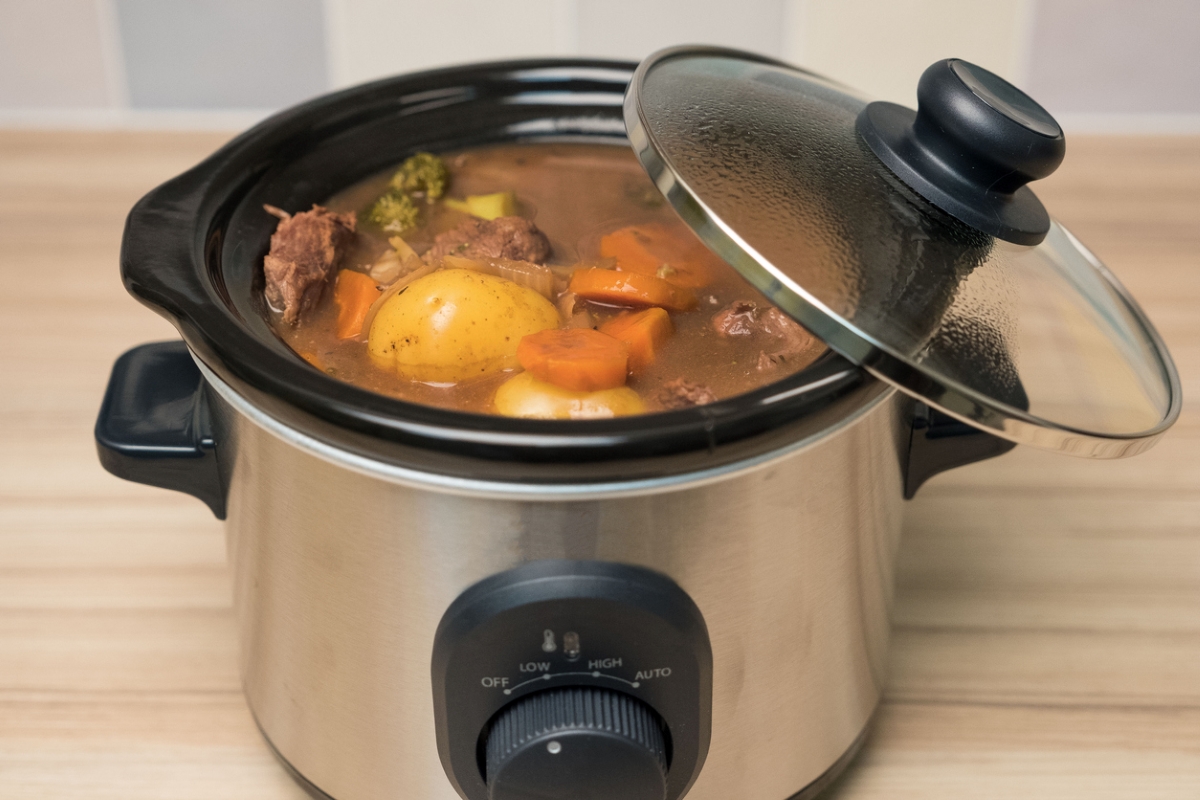
Resist the urge to peek inside your slow cooker while it’s running. Opening the lid of a slow cooker releases precious heat and steam, which can add cooking time. Slow cookers heat food at a low and steady temperature over a long period of time, which allows flavors to develop and meat to become tender. Every time you open the lid, the temperature inside the slow cooker drops. Be patient and trust the process!
RELATED: 35 Things You Didn’t Know Your Home Appliances Can Do
